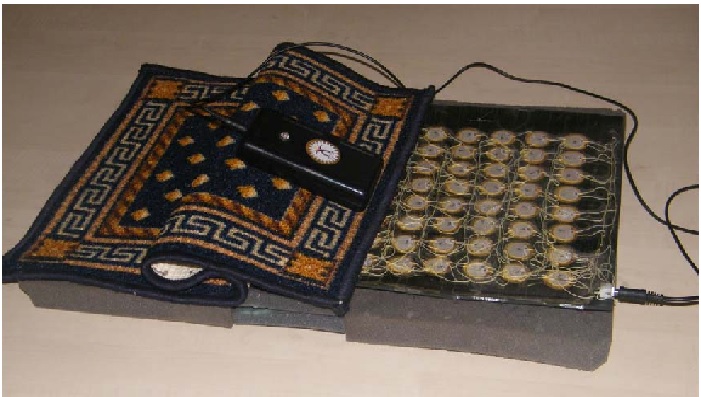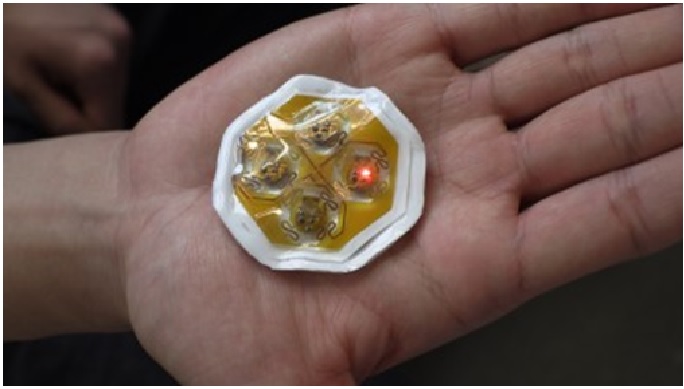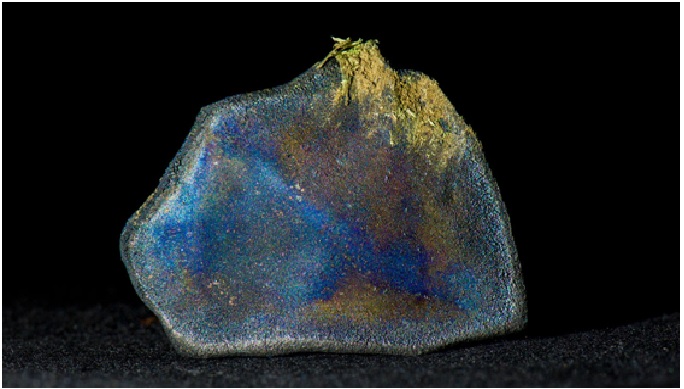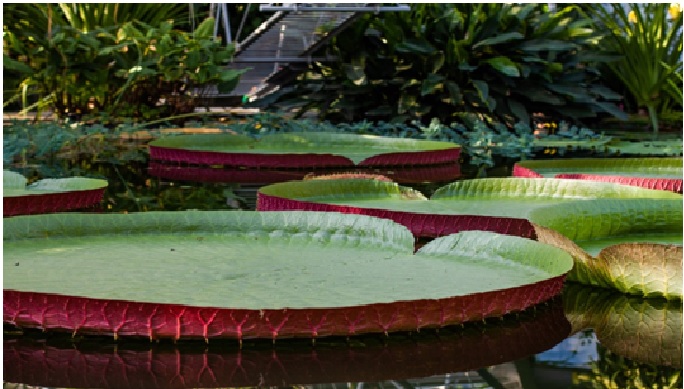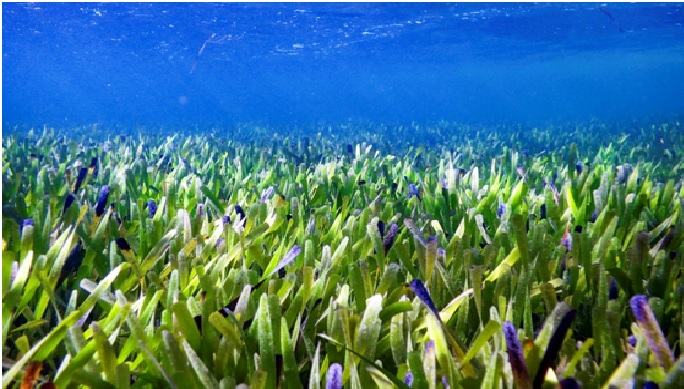Leafy and Weedy Seadragons Genomes Decoded
A team of researchers from the University of Oregon and the University of Illinois at Urbana-Champaign has sequenced the genomes of two living seadragon species: the leafy seadragon (Phycodurus eques) and the weedy seadragon (Phyllopteryx taeniolatus). [1]

Figure 1. Decoded the genomes of two living seadragon species
Figure 1 shows that Leafy seadragons, also known as leafies or Glauert's seadragon, are one of the most spectacular creatures found in the marine regions of Southern and Western Australia. The name 'Weedy Seadragon' refers to the leaf-like appendages on the body. [4]
Leafies are truly a visual delight with their beautiful yellow and brown bodies and olive-tinted appendages. Their colors change according to their diet and location. They have a transparent dorsal and pectoral fin situated on the back and neck respectively. [2]
“Seadragons belong to the same family as seahorses and pipefish. This group is just cool for a number of different reasons,” said Dr. Clay Small, a researcher at the University of Oregon.
The researchers sequenced the genomes of two seadragon species: leafy and weedy sea dragons. They compared those genetic sequences to pipefish and seahorses, as well as other less closely related bony fish such as zebrafish and stickleback.
Along with pipefish and seahorses, seadragons were missing a chunk of genes that guide development, a possible clue to the origins of their unique form.
Compared to their close relatives, seadragons also contained higher-than-usual amounts of repetitive DNA sequences called transposons. [1]
In their research, the authors also used a specialized X-ray microscope to capture a high-resolution 3D image of a weedy seadragon.
They scanned the foot-long fish in sections, then stitched the images together into a complete picture. “Nobody had ever imaged any part of a seadragon before that way, with such high resolution,” Dr. Bassham said.
At that level of detail, the team could see the fine structure of the seadragon’s bones, and also get insight into how some of the fish’s unique body structures might have evolved. “We could see that the support structures for the leafy paddles appeared to be elaborations of spines, and then the fleshy appendages were added to the ends. It lent evidence to idea that these (ornaments) are evolutionarily derived from spines,” Dr. Bassham said. [3]
References:
- http://www.sci-news.com/genetics/leafy-weedy-seadragon-genomes-10945.html
- https://www.aboutanimals.com/fish/leafy-seadragon/
- https://oregondailypress.com/index.php/2022/06/28/scientists-decode-genomes-of-leafy-and-weedy-seadragons/
- https://australian.museum/learn/animals/fishes/weedy-seadragon-phyllopteryx-taeniolatus/
Cite this article:
Sri Vasagi K (2022), Leafy and Weedy Seadragons Genomes Decoded, AnaTechMaz, pp.116



